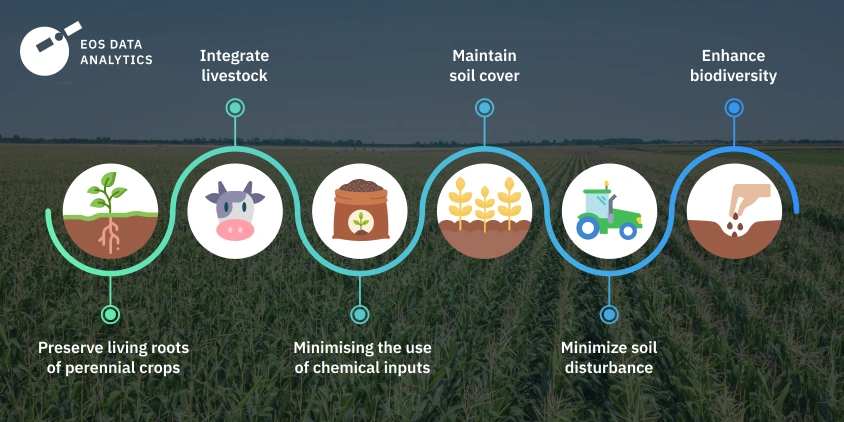The Science Behind Creating a Signature Flavour for Your Business
- Digital Marketing
- May 15
- 4 min read
In a world where consumers are constantly bombarded with choices, standing out has never been more crucial. One of the most powerful ways to differentiate your brand—especially in the food and beverage industry—is by creating a signature flavour. Think of Coca-Cola’s classic taste or the iconic secret herbs and spices of KFC. These brands didn’t just stumble upon success; they strategically crafted flavours that people recognize, crave, and stay loyal to. But what’s the actual science behind creating a signature flavour for your business?
Let’s dive in.
1. Understanding the Psychology of Taste
First, it's important to recognize that flavour isn't just about taste. It’s a multi-sensory experience involving taste buds, smell, texture, temperature, and even sound. Research shows that up to 80% of flavour perception actually comes from our sense of smell, not taste. This is why when you have a blocked nose, food tastes bland.
To create a memorable signature flavour, businesses must focus not only on the basic taste components—sweet, salty, sour, bitter, and umami—but also on the aromas and mouthfeel that complement them.
Certain tastes trigger specific emotions. Sweetness often creates feelings of happiness and comfort, while sourness can add excitement and a refreshing twist. Saltiness enhances savoury notes and intensifies flavours, whereas bitterness is often associated with sophistication (think dark chocolate or coffee). Balancing these elements is key to crafting an unforgettable flavour.

2. The Role of Memory and Emotion
Flavours are closely tied to memory and emotion. A certain scent or taste can transport someone back to a childhood moment, a festive celebration, or a beloved vacation. This emotional connection can be powerful for brand loyalty.
When creating a signature flavour, it’s smart to think about the emotional experience you want your customers to associate with your brand. Do you want them to feel nostalgic, adventurous, comforted, or energized? The flavour should trigger these feelings instinctively.
For example, a bakery may develop a signature flavour based on cinnamon and vanilla because it reminds people of home-baked treats from childhood. A cocktail bar might use exotic fruits and spices to create a feeling of excitement and discovery.
3. The Science of Pairing Flavours
Creating a signature flavour isn’t just about mixing random ingredients. There's a science to pairing flavours that work harmoniously. Professional chefs and food scientists often use the principle of flavour pairing, which suggests that ingredients with similar key aroma compounds taste better together.
For instance, strawberries and basil share certain aroma molecules, which is why they complement each other so well. Similarly, chocolate and chili work because their chemical compounds interact pleasantly on our palate.
Businesses can use tools like the Volatile Compounds Database or food pairing charts to experiment with ingredients scientifically, rather than purely through trial and error.
4. Consistency is Crucial
Once you develop your signature flavour, consistency becomes non-negotiable. Customers must receive the same taste experience every time they interact with your product. Small variations can cause disappointment, which damages brand trust.
This is where food science and technology come in. Using precise measurements, standard recipes, and quality control procedures ensures that your signature flavour remains consistent across batches, locations, and seasons.
Brands like McDonald's have mastered this science—you can expect the same Big Mac flavour whether you’re in New York, Paris, or Tokyo.
5. Trend Analysis and Innovation
While staying true to your signature flavour is important, being aware of emerging flavour trends can help you stay relevant. Innovation can be woven into seasonal offerings, limited editions, or complementary products without compromising your core signature taste.
Trend reports often show growing popularity for global flavours like Korean gochujang, Japanese matcha, or Mexican tamarind. Understanding these shifts allows businesses to incorporate trending elements while maintaining their identity.
For example, a brand with a vanilla-based signature flavour could introduce a matcha-vanilla fusion product for a limited time, exciting adventurous customers without alienating traditionalists.
6. Customer Feedback: Your Secret Weapon
In the scientific method, experimentation and feedback are key steps. Similarly, businesses should conduct taste tests, collect customer feedback, and make data-driven decisions.
Organize blind taste tests with diverse focus groups. Use surveys, social media polls, and loyalty programs to gather insights into what customers love (or don’t). This iterative process helps refine the signature flavour until it truly resonates with your audience.
Don’t forget to monitor online reviews and food critic opinions too—these are valuable sources of real-world feedback.
7. Storytelling: Adding Soul to Science
Finally, while the science behind creating a flavour is vital, storytelling gives it soul. Customers love a good story. Sharing how your signature flavour was created—whether it was inspired by a family recipe, a local tradition, or years of experimentation—builds a deeper emotional connection.
Consider brands like Ben & Jerry’s, who tell whimsical stories behind every ice cream flavour. When people feel part of the journey, they are more likely to form lasting relationships with your brand.
Final Thoughts
Creating a signature flavour is both an art and a science. It’s about understanding human senses, memory, emotions, and chemistry—and blending all these elements into a single, unforgettable experience. With the right approach, your signature flavour can become your business’s most powerful calling card, turning first-time customers into lifelong brand advocates.








Comments